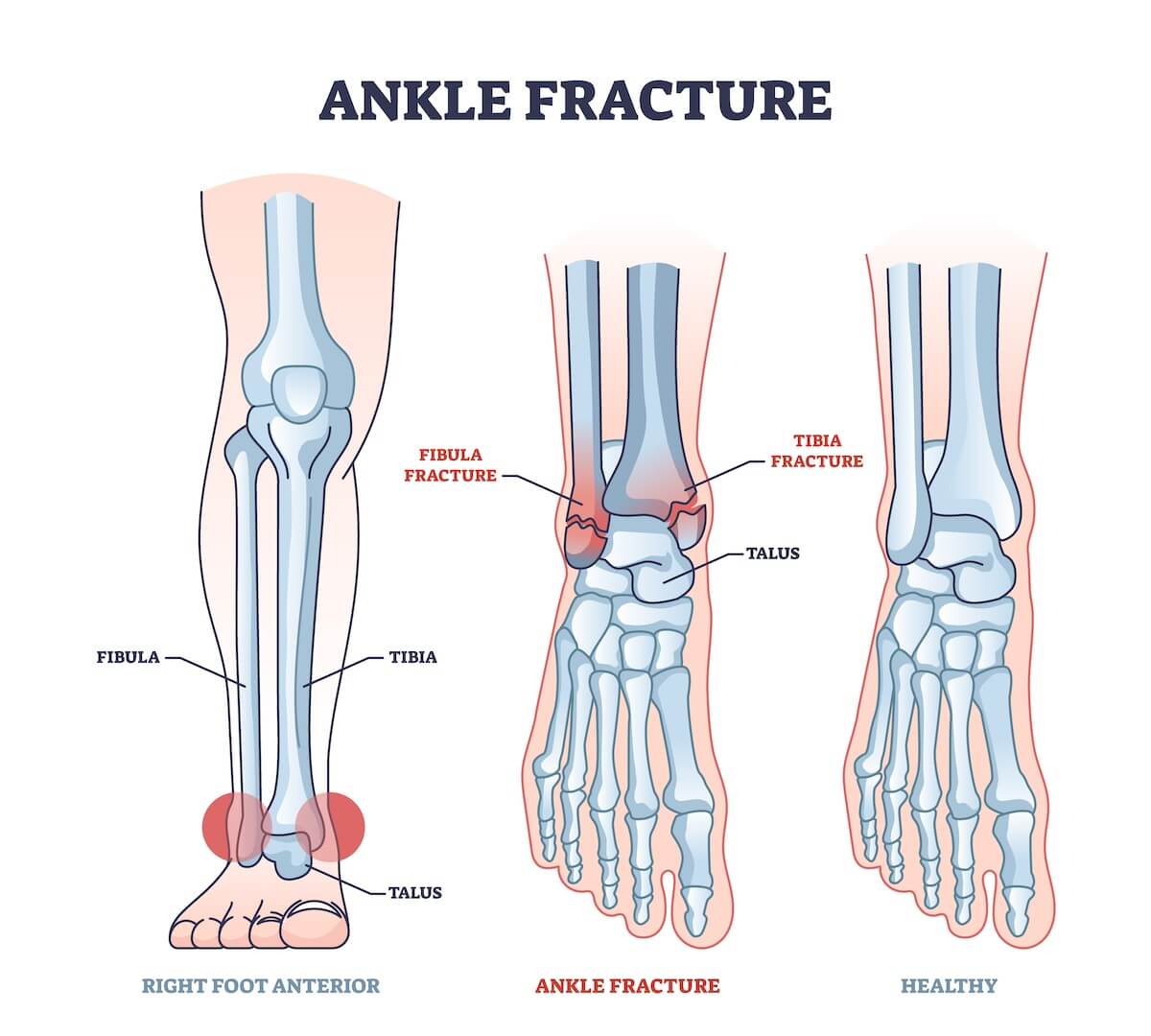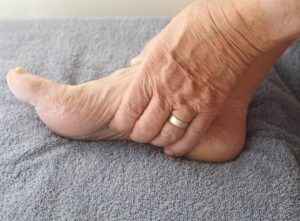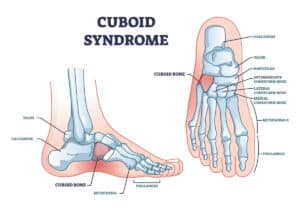Free download: Top 10 Natural & Easy Remedies for Joint Pain from Home. Learn these helpful remedies.
Estimated Reading Time: 7 minutes read
Ankle fractures are a common yet debilitating injury that can significantly affect one’s mobility and quality of life. Recovering from such an injury requires not only time and patience but also a dedicated approach to rehabilitation. This article aims to provide a comprehensive guide on exercises that can aid in the relief of ankle fracture pain. Before undertaking any exercise regimen, it’s crucial to consult with your physician to ensure that you’re medically cleared for these activities.
Ankle fractures can occur due to various reasons, ranging from sports injuries to simple missteps. Understanding the causes and symptoms of ankle fractures is the first step toward effective recovery. Following a structured exercise program can significantly expedite the healing process, reduce pain, and restore mobility.
Table of Contents
Causes of Ankle Fractures
- Slips and Falls: A common cause of ankle fractures, especially in slippery or uneven surfaces.
- Sports Injuries: High-impact sports or activities can lead to ankle fractures due to sudden twists or impacts.
- Overuse: Repeated stress on the ankle joint, often seen in runners or athletes.
- Accidents: Traumatic events like car accidents can result in severe ankle fractures.
Symptoms of Ankle Fractures
- Pain: A sharp pain immediately after the injury, which may worsen with movement.
- Swelling: The ankle area may swell and become tender to the touch.
- Bruising: Discoloration around the injured area.
- Difficulty Walking: A notable difficulty or inability to bear weight on the affected ankle.
- Deformity: In severe cases, the ankle may appear out of place or deformed.
- Stiffness: Limited range of motion in the ankle joint.
Understanding these symptoms is crucial for timely diagnosis and treatment. Once you’ve been medically cleared for exercise after an ankle fracture, you can begin a regimen designed to strengthen and heal your ankle.
Starting with Strength: Ankle Rehabilitation Exercises
Before diving into specific exercises, it’s essential to understand the role they play in your recovery. These exercises aim to rebuild strength, enhance flexibility, and reduce pain in the affected area.
A: Initial Strengthening Exercises
Initial strengthening exercises are crucial in the early stages of recovery. They help in rebuilding the strength of the muscles around your ankle without putting too much strain on the joint. These exercises promote blood flow, aiding in reducing inflammation and pain.
1. Isometric Ankle Dorsiflexion
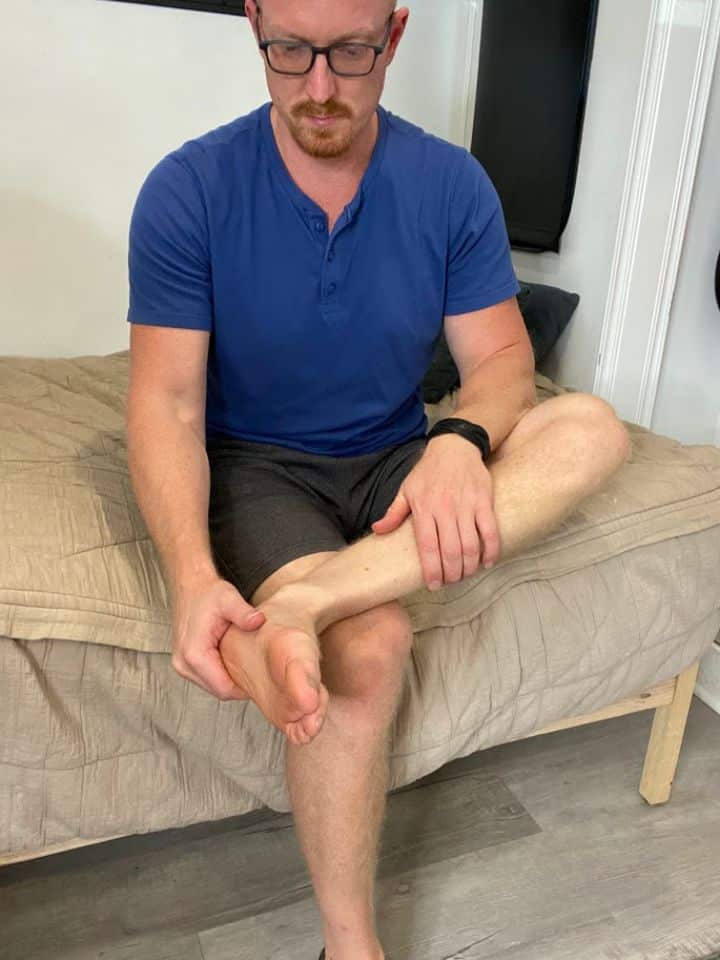
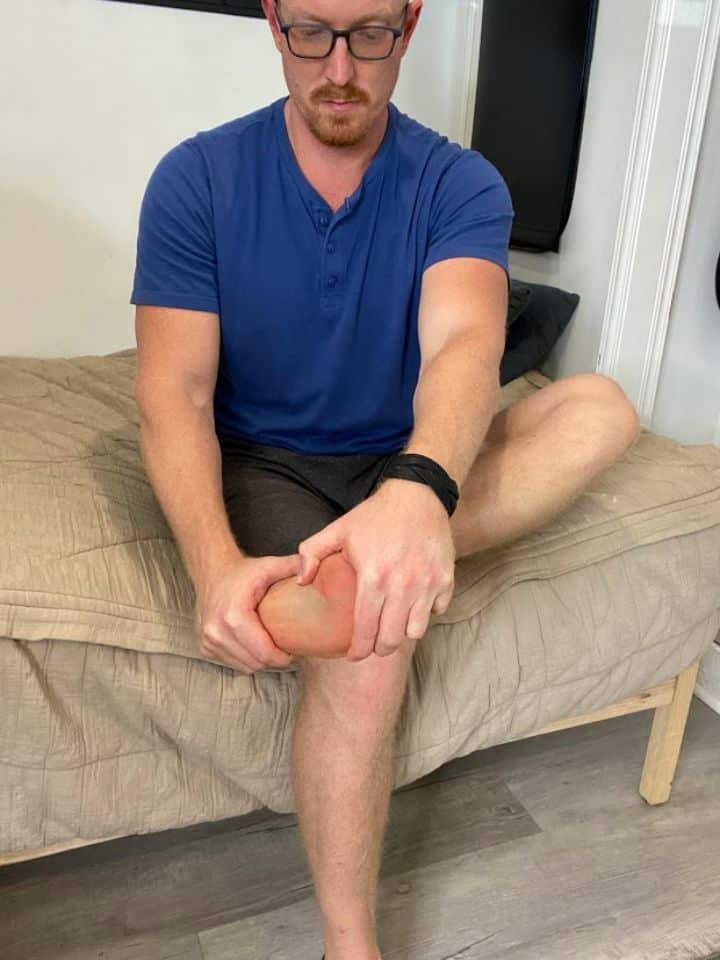
- Place one hand on the bottom of the foot, positioned over the ball of foot.
- Gently, pull the foot back into dorsiflexion until a gentle stretch is felt on the back side of the heel and ankle.
- If the stretch is very intense at first, try holding for 5 seconds, then rest. Repeat 10x.
- If the stretch is only mild, then try a longer hold time anywhere from 30-60 seconds.
2. Isometric Ankle Plantarflexion
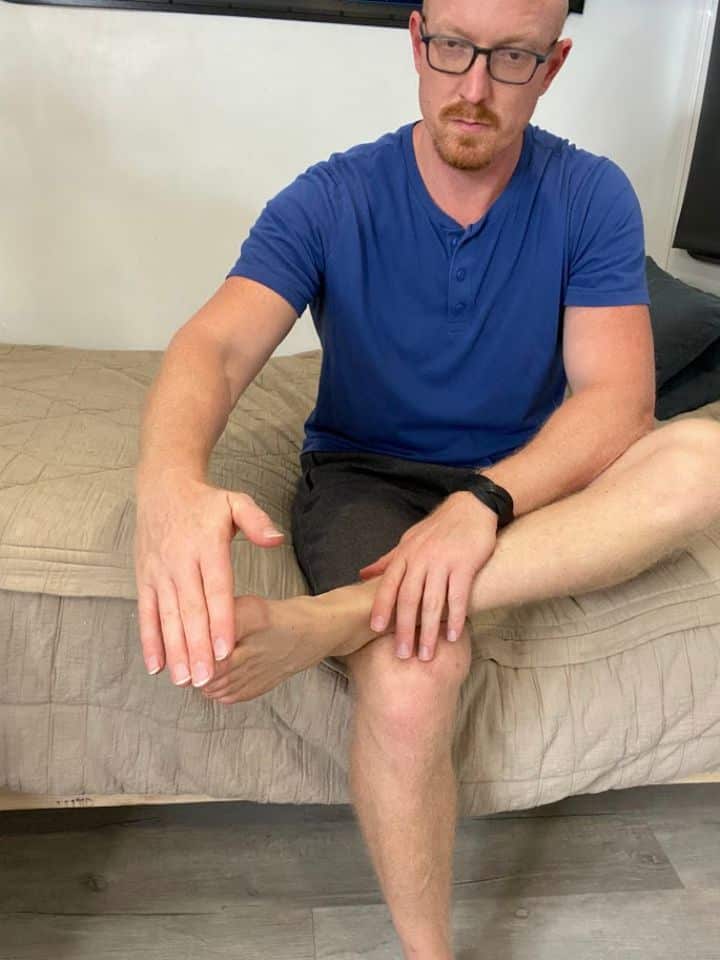
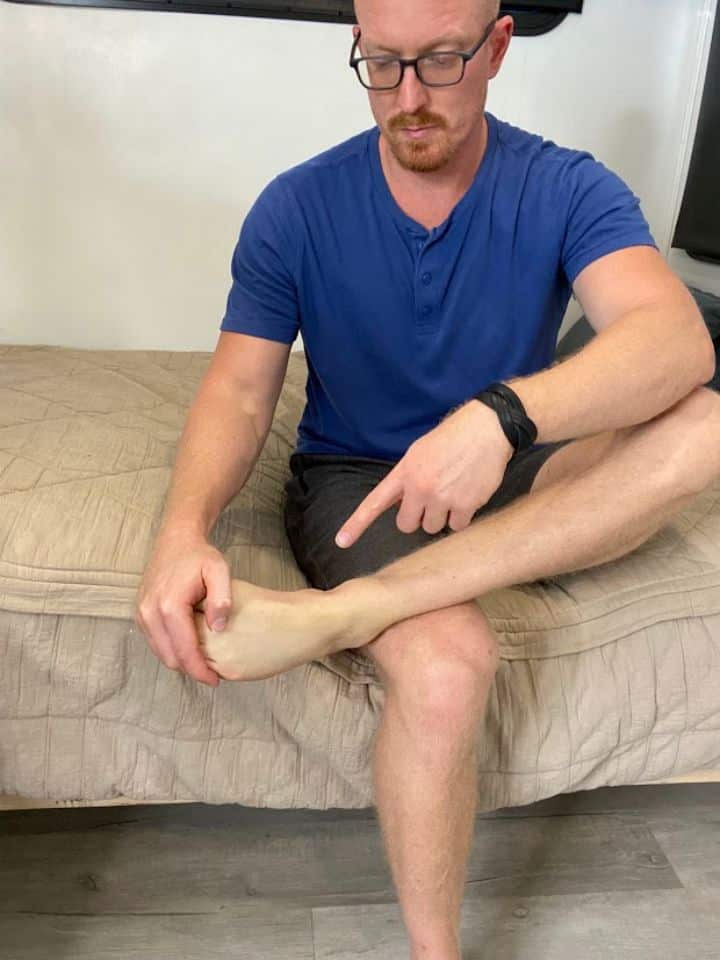
- Place one hand on the top of the foot, positioned on the forefoot near the toes.
- Gently, pull the foot down into plantar flexion until a gentle stretch is felt on the front side of the foot and ankle.
- If the stretch is very intense at first, try holding for 5 seconds, then rest. Repeat 10x.
- If the stretch is only mild, then try a longer hold time anywhere from 30-60 seconds.
3. Isometric Ankle Inversion
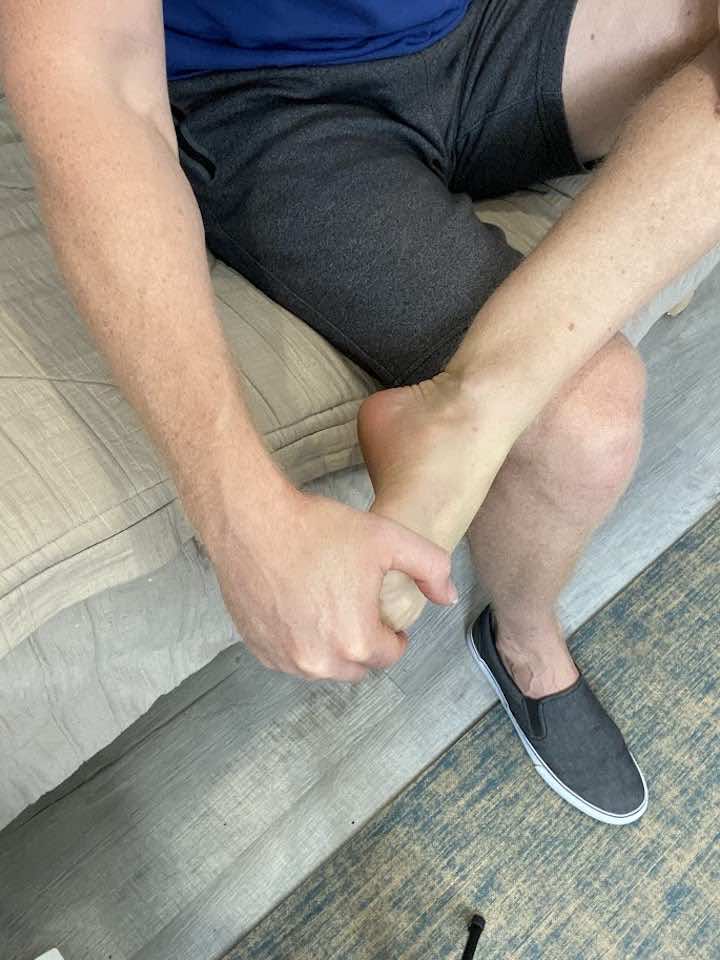
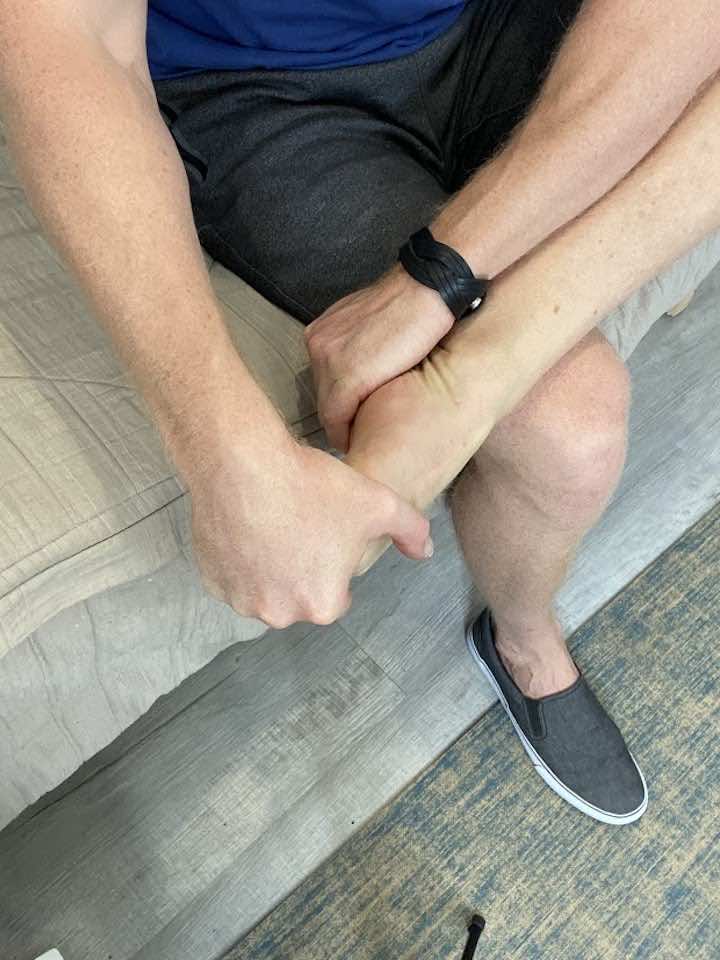
- Place one hand on the top of the foot, positioned on the forefoot near the toes.
- Gently pull the foot and ankle into a plantar flexion stretch, then pull slightly inward to pull the foot towards you.
- If the stretch is very intense at first, try holding for 5 seconds, then rest. Repeat 10x.
- If the stretch is mild, try a longer hold time, anywhere from 30-60 seconds.
- Repeat this exercise two more times for a total of three repetitions.
4. Isometric Ankle Eversion
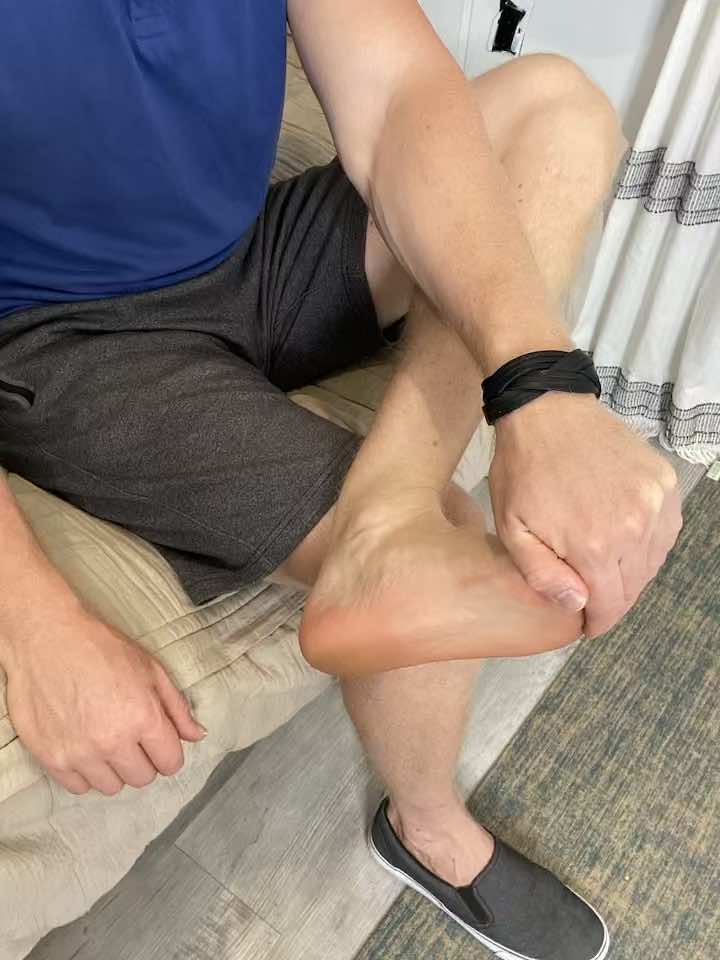
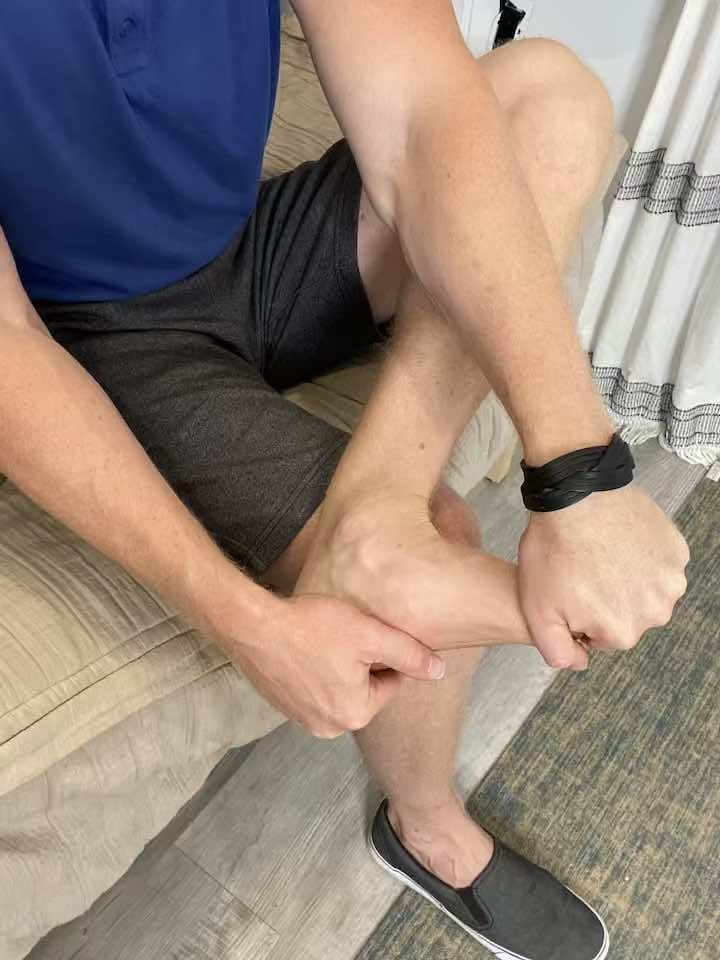
- Place one hand on the bottom of the foot, over the ball of the foot.
- Gently pull the foot and ankle back into dorsiflexion, then pull slightly outward, so the foot moves away from you.
- If the stretch is very intense at first, try holding for 5 seconds, then rest. Repeat 10x.
- If the stretch is mild, try a longer hold time, anywhere from 30-60 seconds.
- Repeat this exercise two more times for a total of three repetitions.
B: Stretching for Flexibility
Stretching exercises are essential for maintaining and improving the flexibility of the ankle joint and surrounding muscles. They can help in preventing stiffness, a common issue after ankle fractures. When stretching, focus on a gentle pull rather than a painful stretch.
1. Calf Stretch
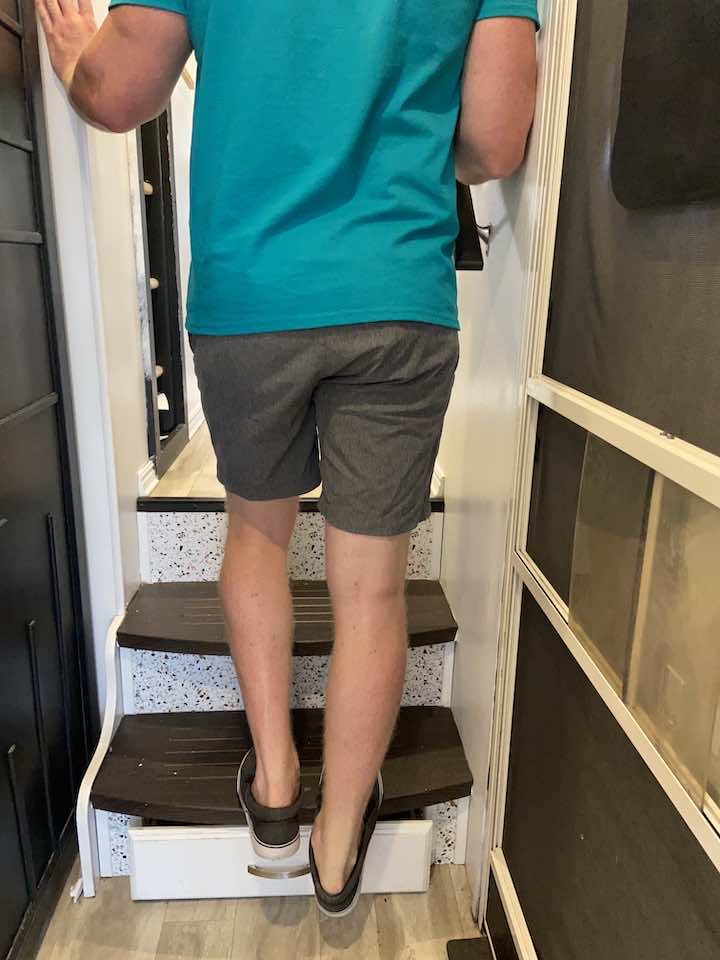
- While holding onto the railing of a staircase, step both feet up.
- Slightly stagger your feet so that the injured heel is hanging off the step.
- Your front leg should bend slightly, while the back (injured) leg’s knee will be straight.
- Hold this stretch for 30 seconds before relaxing.
- Repeat the stretch two more times for a total of three sets.
C: Further Strengthening
As your ankle starts to heal, incorporating resistance exercises becomes vital. These exercises help to strengthen the muscles further and improve the stability of your ankle. Using a resistance band adds a controlled challenge to your muscles, promoting better muscle engagement and recovery.
1. Ankle Eversion with Resistance Band
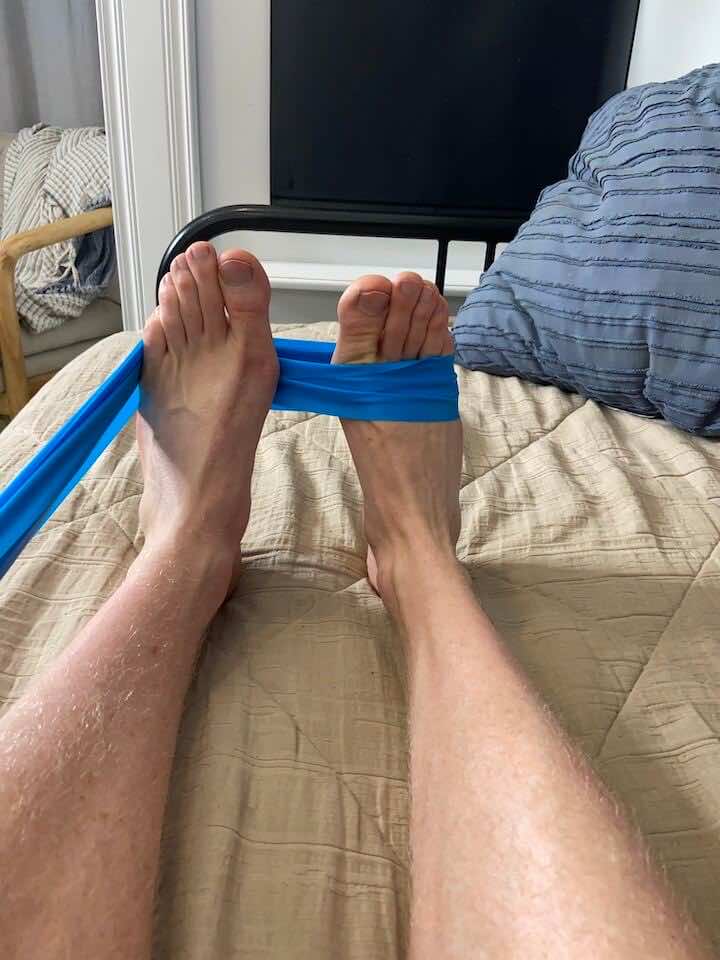
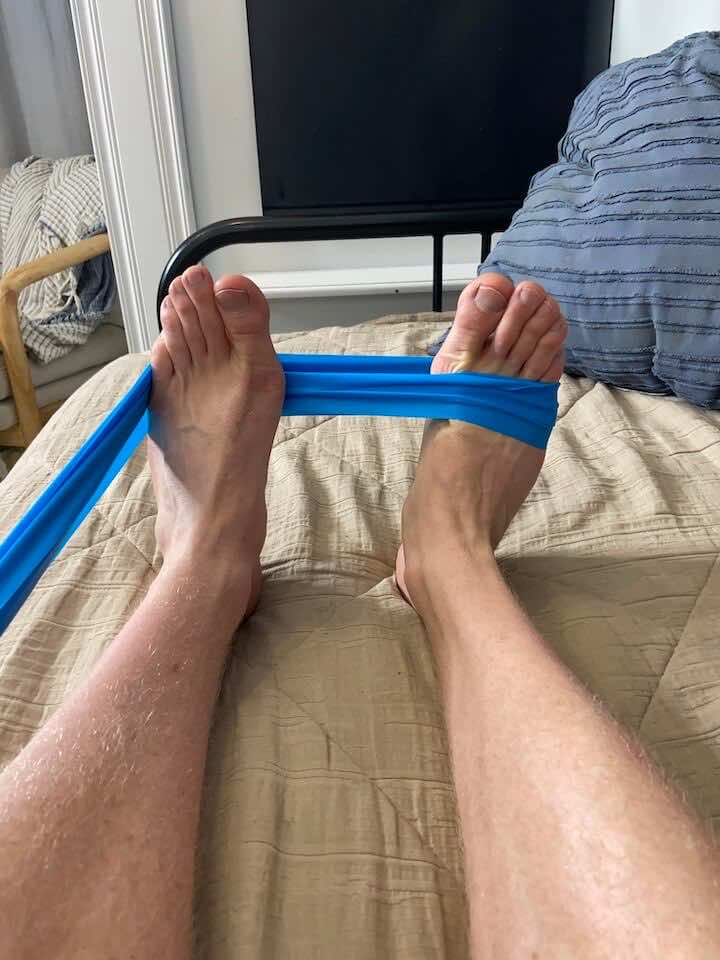
- Lay down on your bed with your ankle off the end.
- Loop the band around your right foot and around your left, as seen in the graphic. We’re going to use your left foot as an anchor for your right foot as your exercise.
- Bring your right foot out like you’re angling your ankle away from your left foot, squeeze in, then relax.
- Do this for 10 repetitions and complete 3 sets in total.
Tip: Work on just moving your ankle and not your entire leg when performing this exercise! See if your knee rolls out at all; try to keep it still.
2. Ankle Inversion with Resistance Band
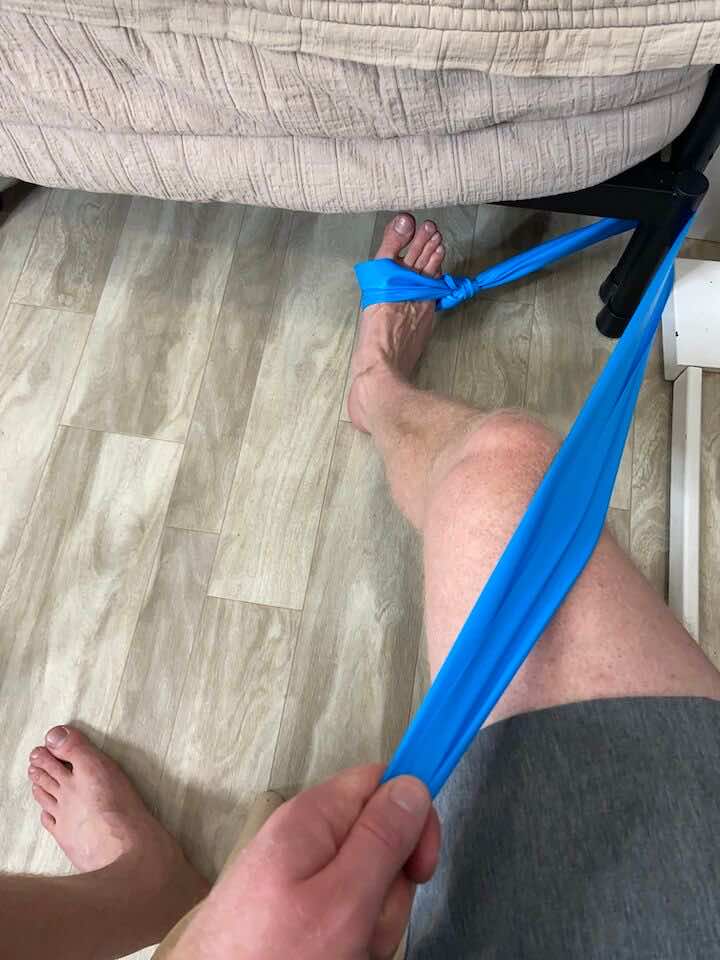
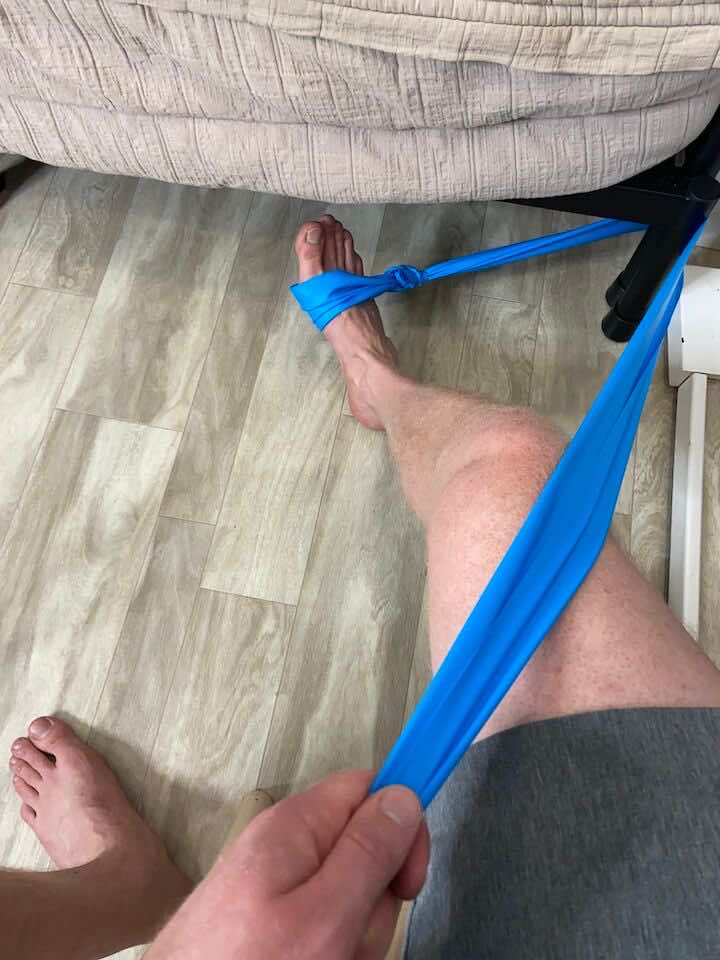
- Sit near a heavy table or sturdy chair that won’t move easily.
- Bring your foot in like you’re angling your ankle toward your other foot, squeeze in, then relax. Loop the resistance band over your foot and around the table or chair leg, as shown in the graphic above.
- Repeat this movement for 10 reps, and do a total of 3 sets.
Tip: Work on just moving your ankle and not your entire leg when performing this exercise! See if your knee rolls out at all, try to keep it still.
3. Ankle Dorsiflexion with Resistance Band
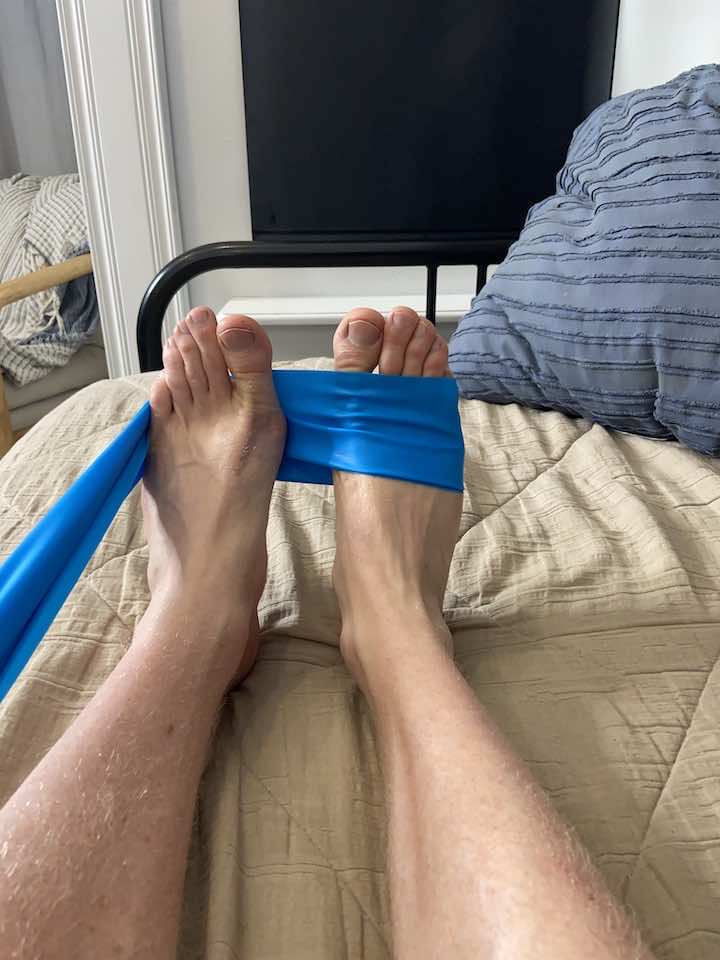
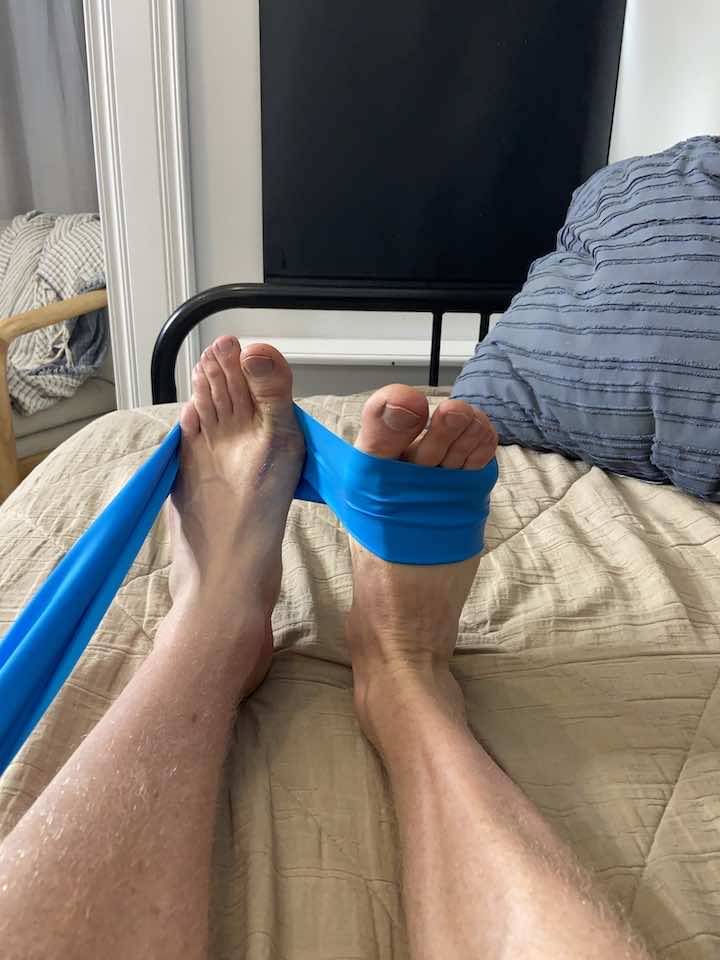
- Lay down on your bed with your ankle off the end.
- Loop the band around your right foot and loop the band around your left foot.
- Point your left foot and hold that position.
- Draw your right foot up like you’re trying to bring your toes to your nose, then relax. Finish the set, then repeat with your left foot.
- Repeat 10 repetitions for 3 sets.
4. Ankle Plantar Flexion with a Resistance Band
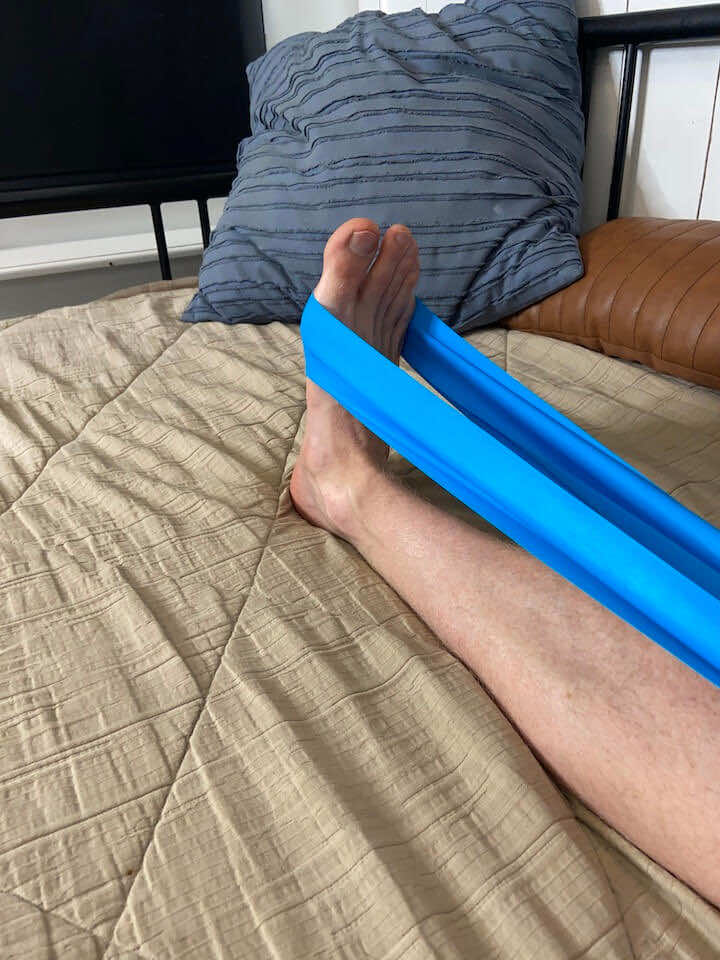
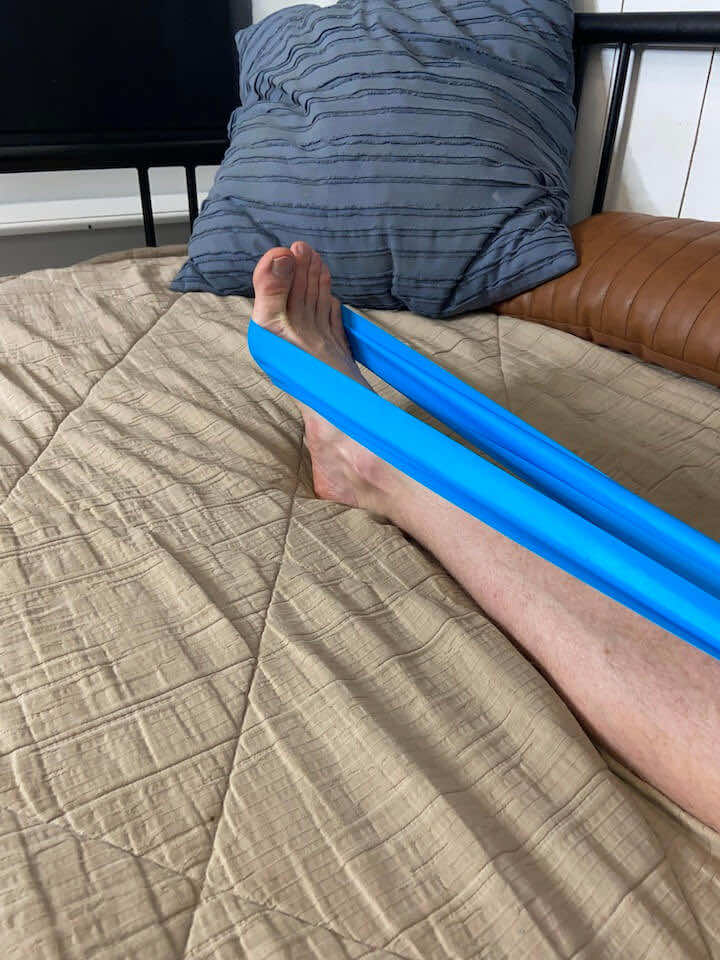
- Lay down on your bed with your ankle off the end.
- Loop the band around your right foot and hold onto the other end of the band with your hands.
- Point your toes and squeeze the back of your calf muscles, then relax. Finish the set, then repeat with your left foot.
- Repeat 10 repetitions for 3 sets.
Caring for Your Ankle: Tips and Precautions
- Rest Adequately: Allow your ankle sufficient time to heal by avoiding overexertion.
- Apply Ice: To reduce swelling and pain, apply ice to the injured area for 15-20 minutes several times a day.
- Elevate Your Ankle: When resting, keep your ankle elevated above heart level to reduce swelling.
- Wear Supportive Footwear: Choose shoes that provide good ankle support to avoid further injury.
- Follow Physiotherapy Guidelines: Adhere to the exercise regimen as advised by your therapist.
- Stay Hydrated: Proper hydration is key to the healing process.
Conclusion
Recovering from an ankle fracture can be a challenging journey, but with the right approach, it’s certainly achievable. Incorporating these exercises into your daily routine, along with adhering to care tips, can significantly improve your recovery process.
Remember, patience and consistency are vital. As you regain strength and flexibility in your ankle, you’re stepping closer to resuming your normal activities without pain. Always work in tandem with your healthcare provider to ensure the best recovery path tailored to your individual needs.


